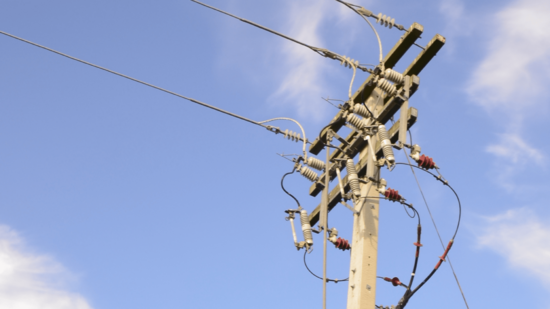Calculations:Electrical Design Guideline
Electrical Design Calculations Guideline
Electrical design calculations guidelines establishes minimum requirements for generating electrical calculations on projects. Electrical calculations should be made for all projects that include electrical components. Design calculations may be made either manually or by computer programs. At a minimum, the following types of calculations should be made where applicable:
- * Load calculations
- * Conductor sizing
- * Conduit sizing
- * Motor branch circuit sizing
- * Power factor improvement
- * Transformer primary and secondary circuit sizing
- * Voltage drop
- * Motor starting voltage dip
- * Short circuit analysis
- * Lighting levels
- * Grounding in substations where step potentials are of concern
- * Harmonic distortion analysis
- * Cable pulling calculations
- * Generator capability/motor starting.
Basic Requirements for Electrical Calculations
The following are basic requirements for electrical calculations:
- Non-computer generated calculations must be on standard project calculations sheets.
- Calculations generated by computer programs must conform with the following procedures:
- Include all heading information on each sheet
- Insert comments wherever possibly to clarify concepts and actions taken in the computer input
- Provide clear documentation of electrical geometry, support conditions, load application, and load requirements
- Provide where practicable sketch of model indicting nodes, materials, connectivity, etc.
- Provide electronic copy on CD or other suitable device of analysis input and output with hard copy calculations.
- Provide manual checks of pertinent results (e.g. service size, main feeder voltage drop) for computer generated output.
Basic Electrical Engineering Formulas
List of Symbols
V - Voltage (volts)
I - Current (amps)
R - Resistance (ohms)
X - Reactance (ohms)
Z - Impedance (ohms)
W Real Power (watts)
θ - Phase angle whose cosine is the power factor
eff - Efficiency
Direct Current (DC) Formulas
Basic Formulas
Resistance
Volts
Power
Current
Alternating Current (AC) - Single Phase
Note: V denotes line to neutral voltage.
Basic Formulas
Impedance Z (ohms)
Volts V (volts)
Real Power P (watts)
Power Factor
Apparent Power S (volt-ampere)
Reactive Power Q (volt-ampere-reactive)
Real Power P (watts)
Voltage Drop
where:
- = voltage drop
- = load power factor
- = load reactive factor
- = reactance
- = resistance
Alternating Current (AC) - Three Phase
Note: V denotes line to neutral voltage.
Basic Formulas
Apparent Power S
Real Power P
Reactive Power Q
Power Factor pf
Voltage Drop
where:
- = voltage drop
- = load power factor
- = load reactive factor
- = reactance
- = resistance
Motors
1 horsepower (hp) = 746 watts.
Note: Motor hp rating relates to motor mechanical output. To determine motor input kVA requirements, the motor efficiency and power factor must be accounted for. In general, for preliminary or rough load calculations, assume:
1 kVA of electrical input power for 1 hp of motor.
Example
Condition: A motor control center with a total connected horsepower of 337 hp can be assumed to require 337 kVA of input power. This is a conservative value, particularly for larger motors.
Fans and Blower Horsepower Equation
The following equation determines the required horsepower to drive the fan or blower element. This equation does not compensate for temperature, density or airflow characteristics of any particular fan or blower.
or
or
Where:
- P = Power, hp
- Q = Flow Rate, cfm
- p = Pressure, lb/in2
- Pf = Pressure, lb/ft2
- Pw = Water Gauge, Inches
- μ= Efficiency coefficient
Pump Horsepower Equation
Motors (Single Phase):
Motors (3 phase):
Synchronous Speed:
Sample Calculations-
Under Construction







































